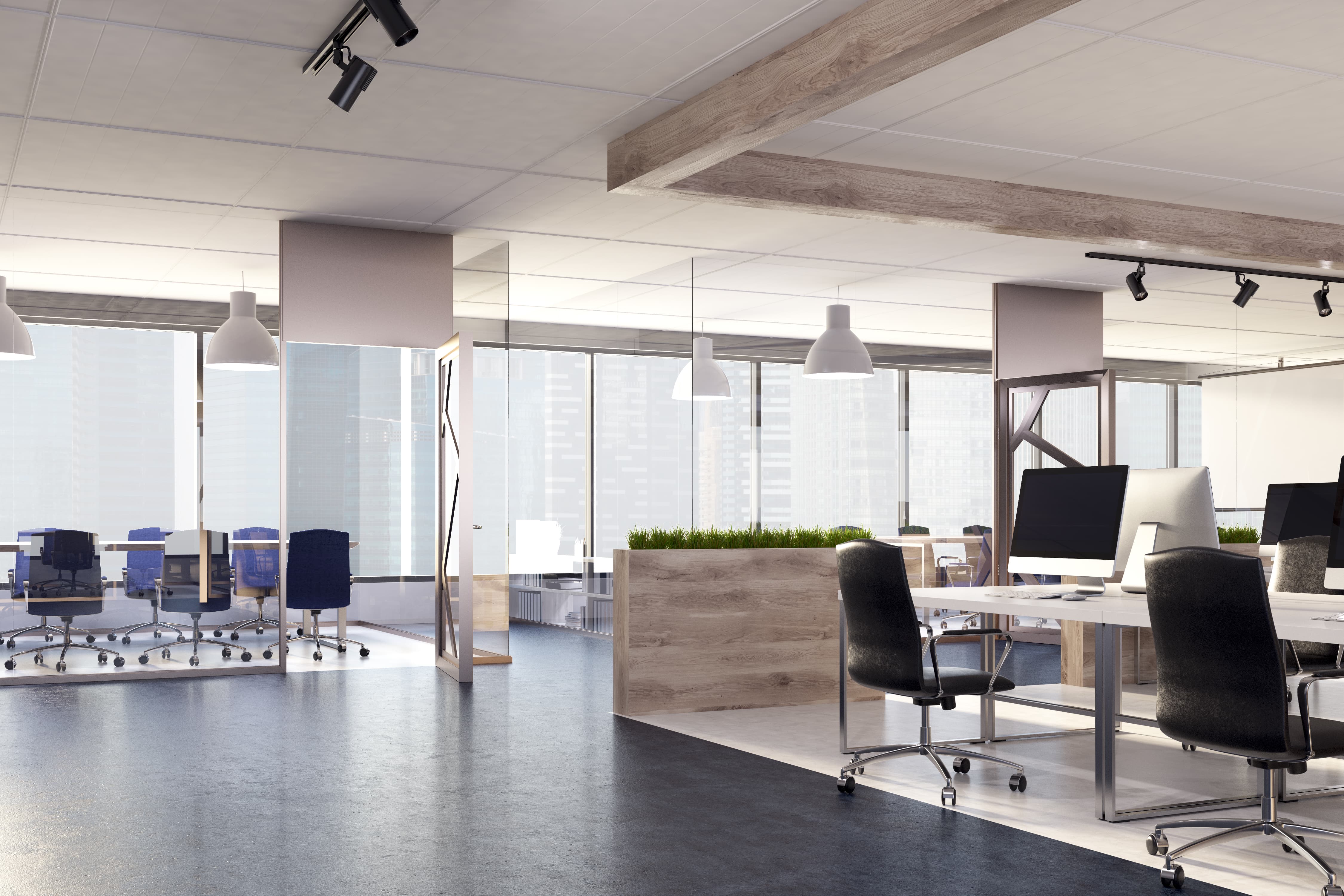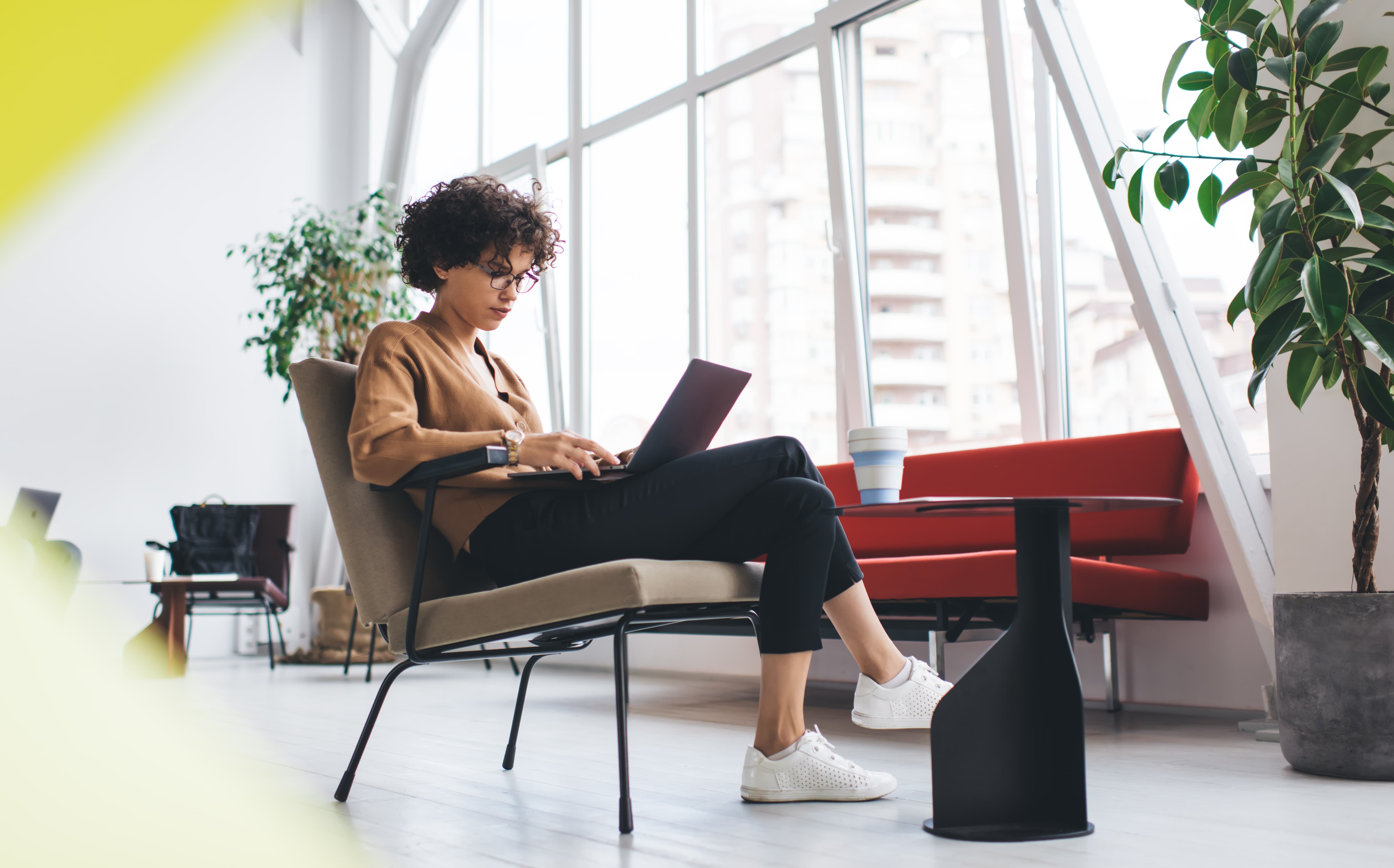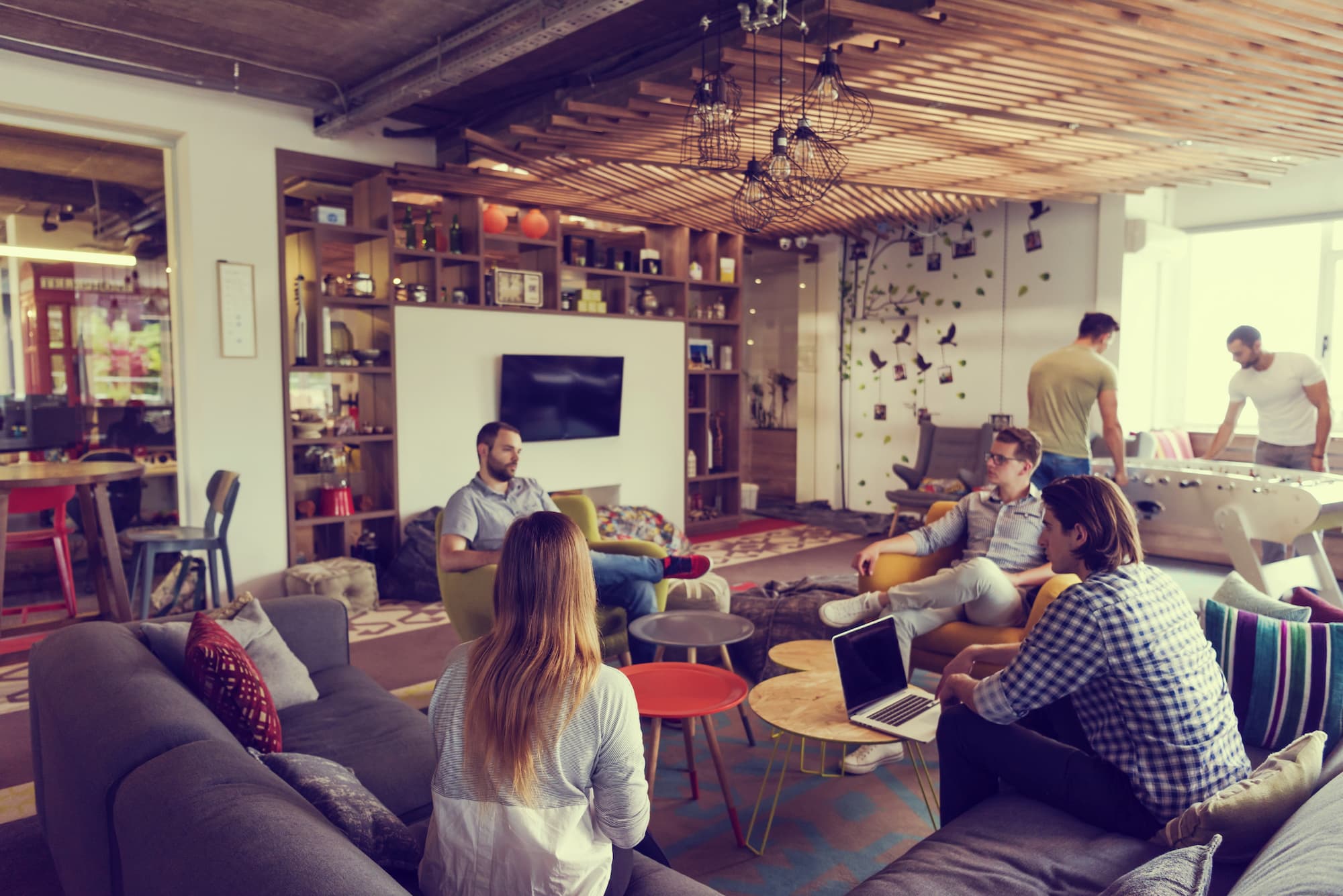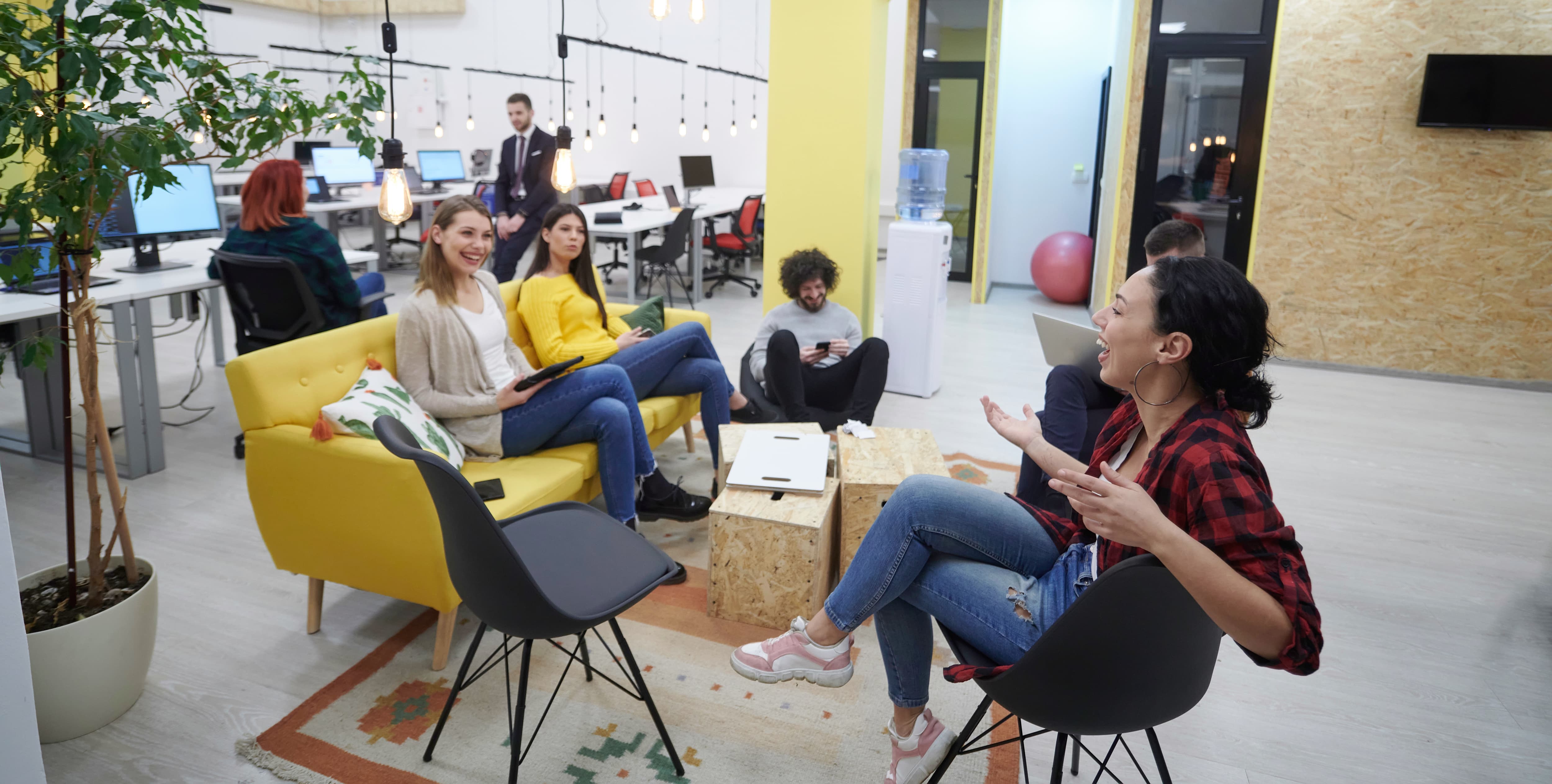As we emerge from the global pandemic, the design industry is seeing fundamental changes in the professional workplace design model moving forward. As medical facilities transition their current professional business formats to meet these ever-evolving concerns, employee and patient care safety and comfort is at the heart of these design solutions. With an increase public awareness of transmittable health risks, it is more important than ever for health providers to create facilities that maximizes safety, functionality, efficiency, and comfort.
While we are still are observing the full extent of these cultural changes, Truspace is collaborating with its healthcare consultants on how these evolving changes are impacting the practitioners’ business model. With our medical partners, Truspace is inventing cost-effective solutions for the Canadian medical industry to integrate impactful design solutions that address these concerns. Our extensive research has identified five areas where design changes can make the most impact to medical practices:
Without a doubt, the COVID-19 outbreak has changed the professional workplace design. As many medical facilities are transitioning their employees back into the workspace. It is essential to increase safety while simultaneously optimizing productivity. Therefore, medical practitioners need to continuously reinvest in their business by improving the aesthetics and sprucing up their space to offer a safe, pleasant, and productive work environment.
While we may not know what the healthcare system will look like in the future, those in healthcare workplace design can help our clients find plausible solutions to these changes ahead and prepare for future unknowns. Working with some of our clients around Canada, we have identified five areas where we see change coming.
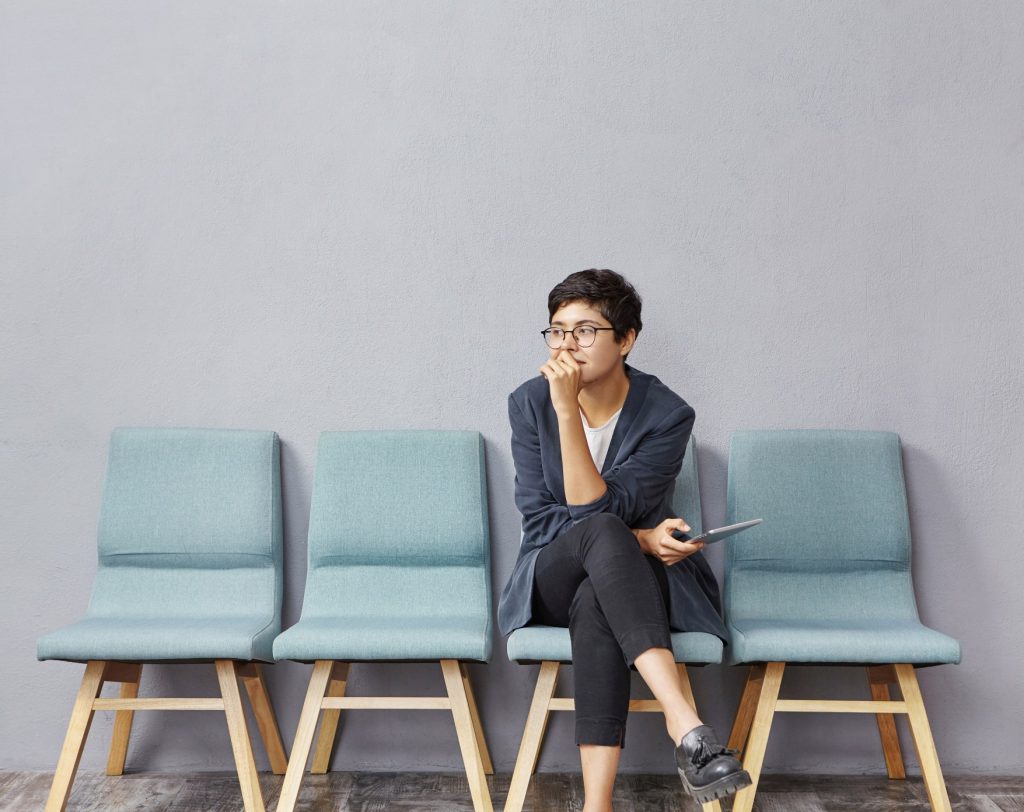
Waiting Room Adjustments
The waiting room is the highest traffic area in the medical practice, and it is where patients spend most of their time. To create an enjoyable experience for the patient, comfortable furniture, good lighting and esthetically pleasing surroundings help the patient to begin their pleasant journey through the medical experience. As this is a high traffic area, furniture and finish selections should also be sustainable and low maintenance to minimize operational costs. To reinforce a healthy lifestyle as part of patient education, complimenting outdoor elements to the space connects patients to that message.
Patients often want to come out of their doctor’s office feeling better. The ambiance should therefore be comforting and welcoming. The office’s waiting room is an important area to begin the patient’s journey towards recovery and well-being. Moss walls for example, can bring nature into the medical office, oxygenating the air and offering a healthy work environment to staff and patients. Also consider updating the waiting room furniture, it needs to both look and feel good to help patients feel relaxed and reassured.
However, let’s not forget that the waiting room is where patients come together, so the number of people waiting there needs to be limited. One solution is integrating technology, which could provide real-time exam room availability for more timely services. In medical offices with limited access to this technology, furniture can be part of the solution, featuring arrangements with less seating, smaller groups, and separations with plexiglass screens.
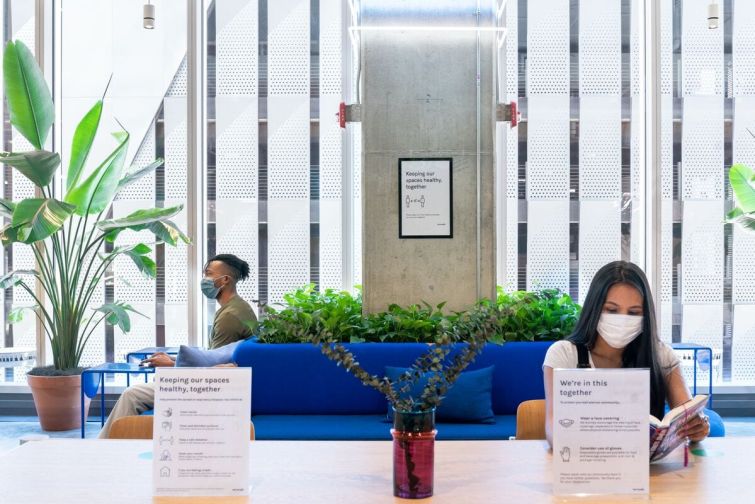
Improve Infection Prevention
With the increased public knowledge on infection transmission, creating a medical environment that reaffirms practitioner’s commitment to patient safety will be even more important than ever before. New technology exists that provides anti-microbial characteristics in soft surface finishes that repels bacteria and are low maintenance. The durability of furniture and finishes from cleaning products will also be essential for a sustainable design solution. Truspace works with each client to maximize the functionality of each area within the medical practice to ensure safeguards are in place to provide optimum to the transitioning medical practice to meet any existing and new public health concerns.
The medical office’s infection and prevention protocols will most certainly be part of the workplace design constituents of the future. There will be an urge to make furniture and designed surfaces easily cleaned and apply finishes that resist harsher cleaning chemicals. More medical workplaces will also be utilizing sterilizing mist or UV light in high-risk areas. Low-risk areas like examination rooms will need more detailed cleaning methods and room turnover protocols. These measures need to be implemented without losing the hospitality and warmth of today’s medical workplace designs.
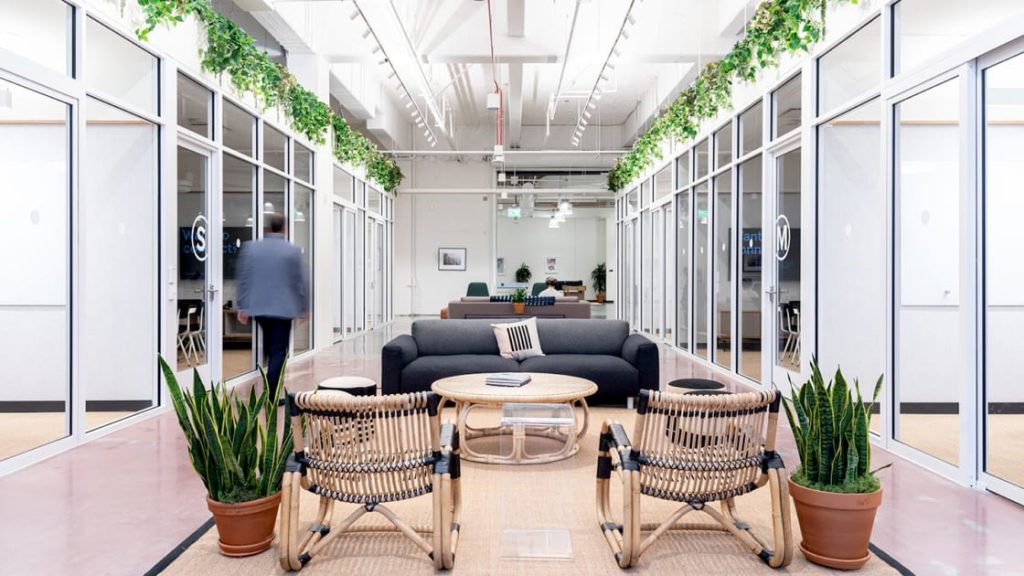
Limiting Common Staff Spaces
Many of the assumptions we have used in designing staff spaces may need to be reconsidered, including the size and separation of workstations within employees’ workspace—the number of personnel in an office, and the number of staff sharing each workstation. Large, shared break rooms may be eliminated in favor of multiple, smaller, and more discrete spaces.
Controlling Airflow in Operating Rooms
Operating rooms need to remain pressurized, stay sealed throughout surgery, and that no activity occurs within the space for an extended time. While important, these procedures considerably restrict staff mobility in and out of the operating room during and after cases. Therefore, to function more efficiently, many medical centers and workplaces will want OR’s designed with the proper airflow to protect patients and staff from infection during surgeries. Designers need to make sure that potentially contaminated air is drawn away from staff to minimize the risk of infections.

Taking Care of the Aesthetics
While most of this article covers the functional design of a medical facility, it is important that the aesthetics of a space be equally considered for the emotional well being of employees and patients alike. There are many cost-effective design solutions that can serve as both functional and aesthetic elements in a room. A professional practice must convey its core values in the design of its space in order to create an enjoyable medical experience and a loyal patient base. An effective design solution can include interesting finishes that reflect nature, lighting that mimics natural light and architectural details that add interest to a dynamic medical environment.
While most of what we covered so far is related to functional aspects of design, we also believe some things are to be done in the aesthetical part of the medical office design post-COVID-19.
We previously mentioned moss walls to add a natural touch to waiting rooms. An alternative and easier way to do that is through natural lighting or opting for faux lights that mimic natural ones if your waiting room doesn’t allow the option of a window. Consider pendant lighting to add some style. And do not be shy about adding colors to your walls. There are even antimicrobial paints today that can protect your patients from harmful bacteria.
Finally, our Truspace team understands it has a leading role in creating a safer healthcare workplace environment in the post-COVID-19 world. Developing functional designs that enhance the efficiency of current protocols on social distancing and avoiding contact will allow us to offer your patients the safest space possible.
Reach out to learn how we can safely and beautifully enhance your medical space!

